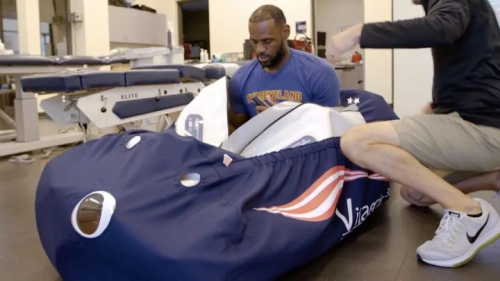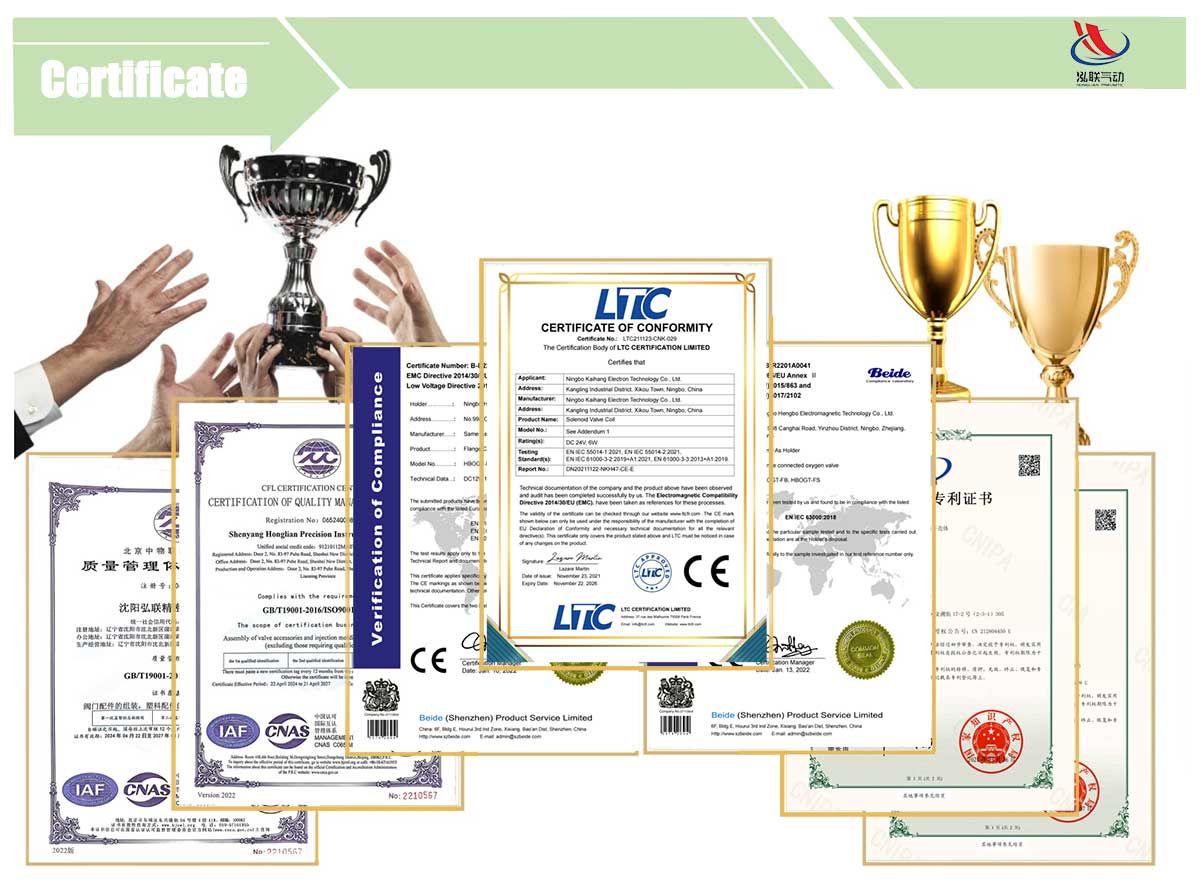The Mechanism of Hyperbaric Oxygen in Alleviating Fatigue

Hyperbaric oxygen can reduce the inflammatory response caused by exercise and relieve the pain after sports injuries. It can quickly and effectively improve the hypoxic environment of athletes' bodies, and at the same time soothe their moods and improve their sleep. For sports injuries and sports fatigue (including acute muscle strains, joint ligament sprains and chronic overuse injuries), hyperbaric oxygen has a good therapeutic and restorative effect. Many top coaches and athletes at home and abroad use hyperbaric oxygen to prevent and treat sports fatigue or injuries.
Sports fatigue refers to the comprehensive manifestation when the physiological processes of the body cannot maintain its functions to a certain extent or various organs cannot maintain the predetermined exercise intensity after the human body undergoes labor or strenuous exercise, resulting in physiological and biochemical changes in the body. The imbalance between the oxygen demand and the oxygen intake during exercise is an important cause of sports fatigue. During strenuous exercise, due to the oxygen supply being less than the oxygen demand, the anaerobic glycolysis of glucose in the muscles is enhanced, the energy (ATP) is reduced, and the lactic acid is increased. A large amount of ATP is decomposed, and lactic acid and ammonia accumulate in the tissues, causing a sense of fatigue. When the exercise stops and the body is at rest, the oxygen supply is greater than the oxygen demand, the accumulated ammonia is rapidly metabolized and disappears, and the lactic acid metabolism is slightly slower. How to eliminate the adverse effects caused by exercise as soon as possible and enable people to get rid of fatigue and recover quickly has become a focal issue in contemporary sports medicine research. As a physical therapy, hyperbaric oxygen has been proven to have a good curative effect on many hypoxic diseases. With the continuous in-depth study of sports diseases and the revelation of the mechanism of hyperbaric oxygen therapy, the effect of hyperbaric oxygen on eliminating sports fatigue has gradually attracted people's attention.
The Mechanism of Hyperbaric Oxygen in Eliminating Fatigue
1. Eliminating Accumulated Lactic Acid
After exercise, a large amount of lactic acid accumulates in the body, which can reach up to 15 mmol/L. Hyperbaric oxygen therapy can rapidly increase the tissue partial pressure of oxygen, and the accumulated lactic acid decreases rapidly in the following ways: 1. It is oxidized to pyruvic acid, enters the tricarboxylic acid cycle, and is continuously oxidized to produce CO2, ATP and water; 2. It is converted back to glycogen in liver cells; 3. It promotes the excretion of lactic acid by the kidneys and skin.
2. Accelerating the Clearance of Blood Ammonia
Blood ammonia is cleared through the following pathways: ① It is converted into urea through the ornithine cycle in the liver. The conversion process requires ATP; ② Glutamine is synthesized, which also requires ATP. Hyperbaric oxygen can enhance the aerobic oxidation of glucose to produce a large amount of ATP, accelerating the clearance of accumulated ammonia.
3. Accelerating the Clearance of Blood Urea Nitrogen
Under hyperbaric oxygen, the urine volume increases significantly, which can reduce the reabsorption of urea nitrogen during the renal excretion process. This is also one of the important mechanisms for the accelerated clearance of urea nitrogen. Because when the urine volume of a normal adult is less than 2 ml per minute, the reabsorption of urea is 60%, and when the urine volume is greater than 2 ml per minute, the reabsorption of urea is only about 40%. Therefore, the sense of fatigue of athletes also disappears rapidly.
4. Reducing the Damage of Free Radicals to the Body
Hyperbaric oxygen can relieve the damage caused by free radicals to cell membranes and protect the integrity of the body's cell structures after exercise to maintain the normal functions of cells. It plays a very important role in eliminating sports fatigue and relieving sports injuries. Hyperbaric oxygen exposure has both an inductive and an inhibitory effect on the antioxidant enzyme system. Although long-term and large-scale inhalation of hyperbaric oxygen will lead to an increase in free radical production and the inhibition of antioxidant enzyme activity, appropriate doses and appropriate durations of oxygen exposure can improve the activity of the body's antioxidant enzymes, thereby improving the body's ability to clear oxygen free radicals.
5. Improving Brain Function
Against Psychological Fatigue Hyperbaric oxygen can increase the blood oxygen content in the brain, increase cerebral blood flow, "recharge the brain", making people's minds clear, thinking agile, concentrating attention, and improving learning and working efficiency.


